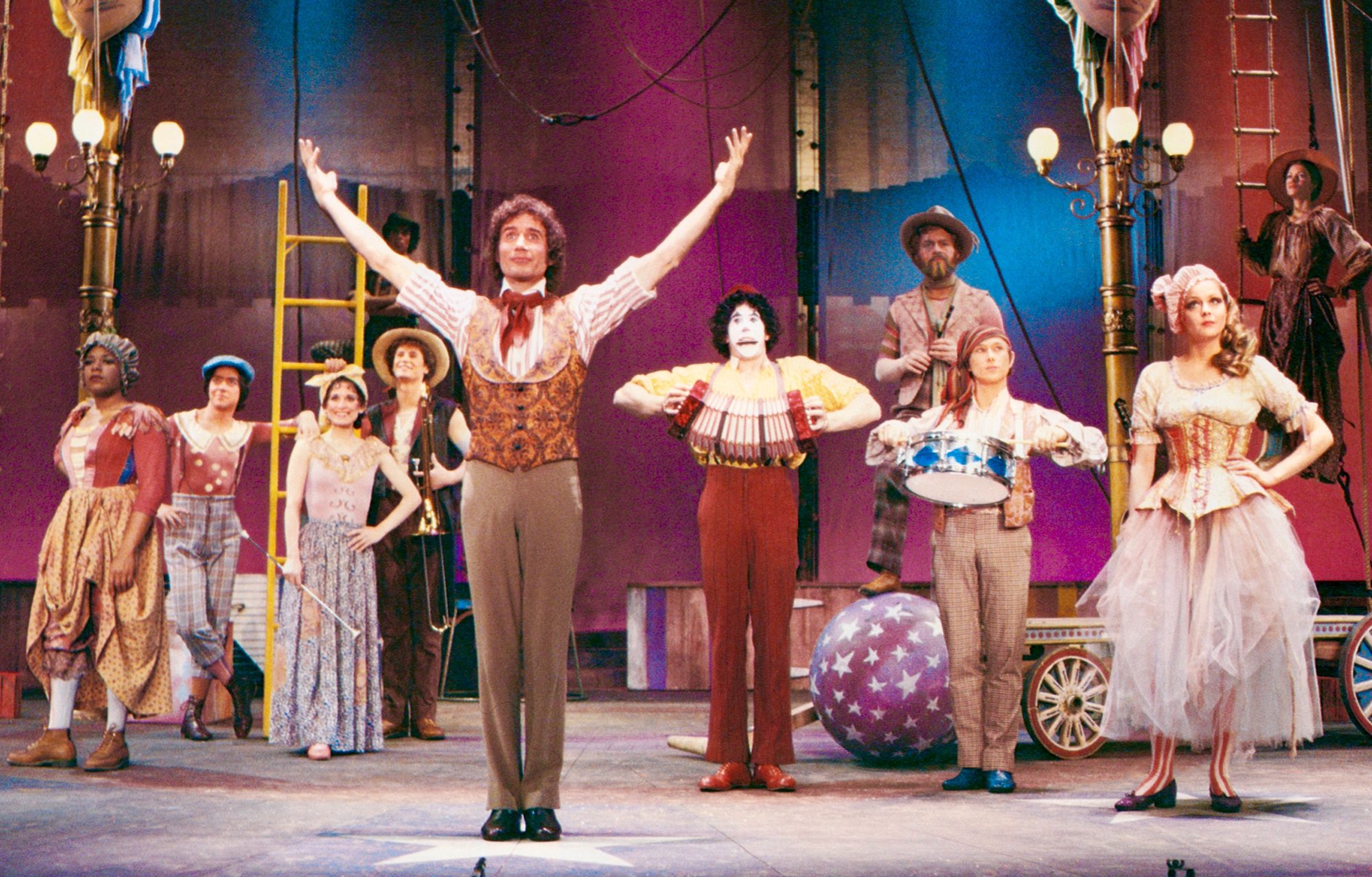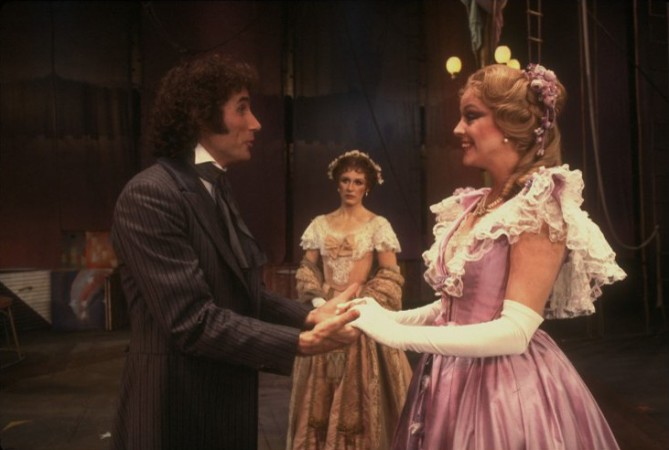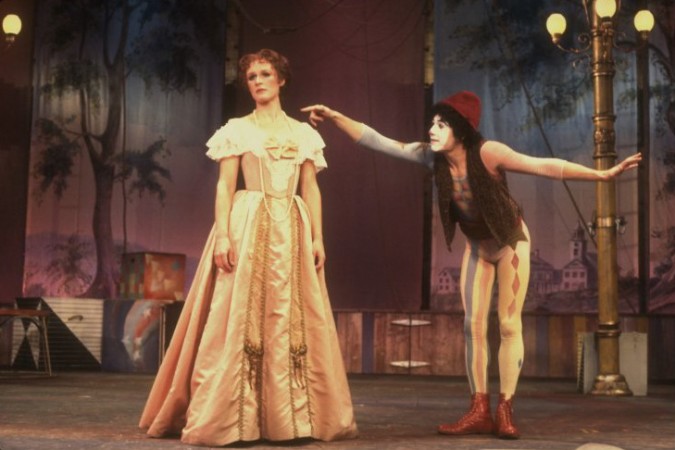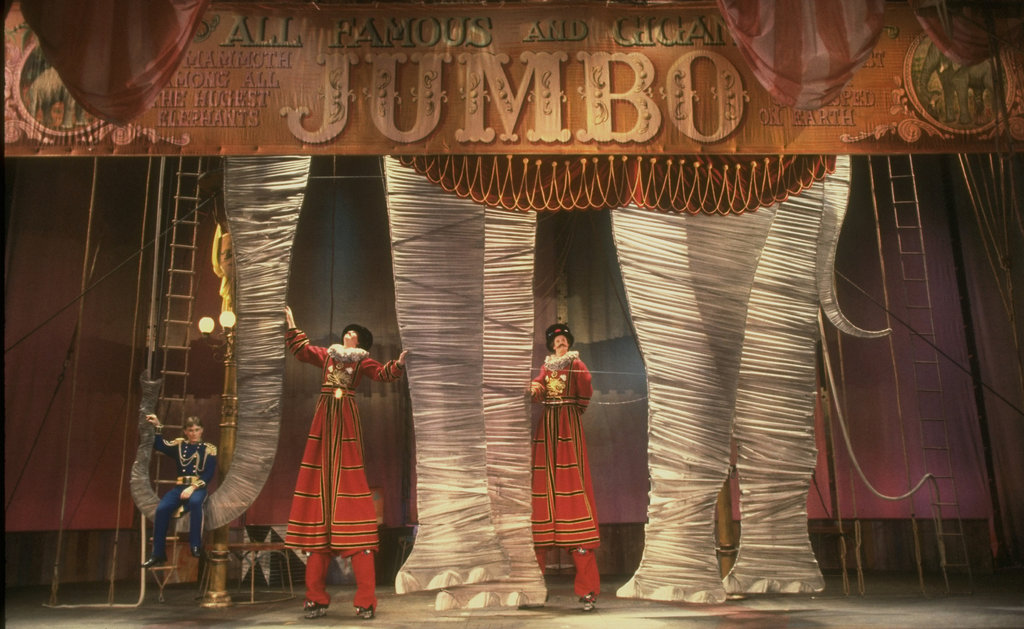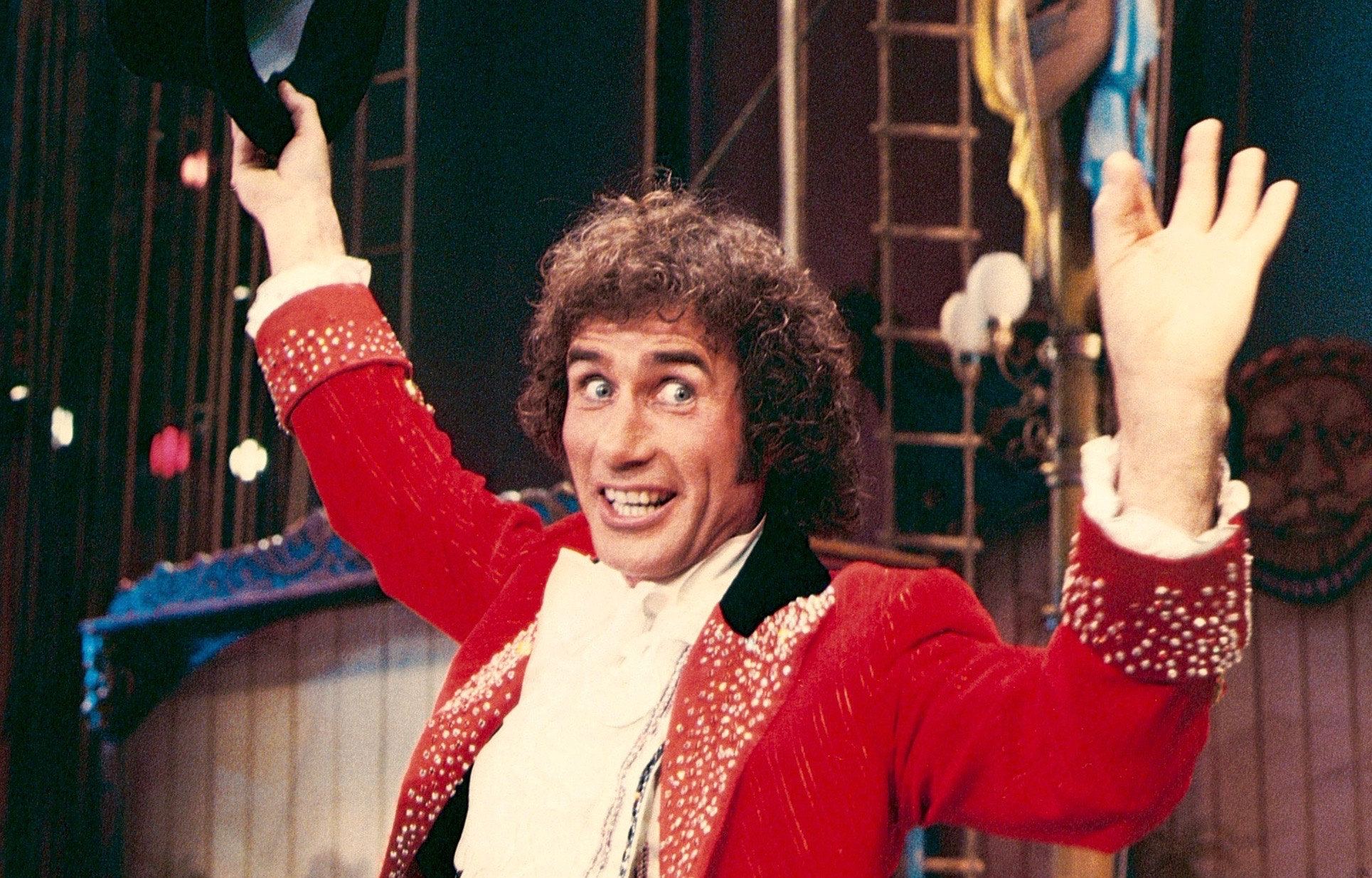Remembering Barnum
Long before there was a film called The Greatest Showman, Broadway had its own musical version of the life of P.T. Barnum. This show, simply called Barnum, featured a score with music by Cy Coleman (Sweet Charity, City of Angels), lyrics by Michael Stewart (I Love My Wife) and a book by Mark Bramble (42nd Street). Using the three-ring circus as the conceit for telling Barnum’s rise to fame as the King of Flim-Flam, much in the way Cabaret was set within a cabaret and Chicago within the confines of a vaudeville show, Barnum utilized its setting as a metaphor the risks that come with becoming a success, walking that proverbial tightrope known as “life”.
At the center of Barnum is the title character, a wide-eyed dreamer who thinks the world only benefits from huckstering the public into believing the unbelievable. This, to Barnum’s wife Charity’s chagrin, means peddling a series of lies. Though, deeply in love with each other despite their polar opposition, their relationship is the connective tissue that holds the themes of Barnum together. She grounds him and encourages him to make practical, business decisions that are comfortably within her world of conservative hues such as ambers, browns, and grays. He, in turn, operates in Kelly greens, cherry reds, and shimmering golds, giving the world (as his wife bemoans) a “paintjob I’m not very sure it needs”. Still, she secretly delights in her husband’s curiosity and imagination and he brings a joy to her world that she struggles to accept.
The musical follows Barnum from his “humble beginnings”, through his creation of the Barnum Museum filled to the brim with such curiosities as a stuffed whale, world art, fantastic inventions, and a whole lot of humbug designed to bring crowds in. Barnum’s motto “There is a sucker born every minute” supports his endeavor to bring color and joy to the world, at whatever cost. Soon, he begins collecting acts such as Joice Heth, the oldest woman in the world and George Washington’s supposed nanny, Tom Thumb, the world’s smallest man, and Jenny Lind, the opera singing “Swedish Nightingale” with whom P.T. Barnum has a dalliance. The show climaxes in Barnum’s creation of the Greatest Show on Earth, the aforementioned three-ring circus.
Barnum was a lively show, often relentlessly kinetic under the direction and choreography of Joe Layton. Jim Dale gave a Tony-winning performance as the title character, winning and lovable, a carnival barker with a teddy bear’s charm. Joining him onstage was Glenn Close as his wife Charity, just a few years before her film career would take-off. The show was at its best when these two played together, sharing in songs like “The Colors of My Life” and “I Like Your Style”, or simply bickering as loving marital sport.
The Cy Coleman/Michael Stewart score was infectious, a jubilant parade of earworm melodies such as “Come Follow the Band”, “There’s a Sucker Born Every Minute”, “Out There”, and “Join the Circus” exploding with circus-like fun. So, maybe the lyrics didn’t always help develop the characters or move the plot along, but they sure were clever at times, especially in songs like the optimistic “One Brick at a Time” and the tongue-twisting patter number “The Museum Song.”
Barnum opened at Broadway’s St. James Theatre on April 30, 1980 where it ran for 854 performances. Also in the cast was Marianne Tatum, Terri White, and Terrence Mann (Mann also understudied the role of Barnum). At Tony Award time, the musical received ten nominations including Best Musical, winning three: Dale’s performance in the Best Actor category, as well as Theoni V. Aldredge’s costumes, and David Mitchell’s scenery. Most of the other awards went to another musical that season, a little juggernaut called Evita. Still, Barnum enjoyed a healthy run and is rife for reviving. We just need that right personality, that larger-than-life actor, who can pull off the title character. Any ideas?


